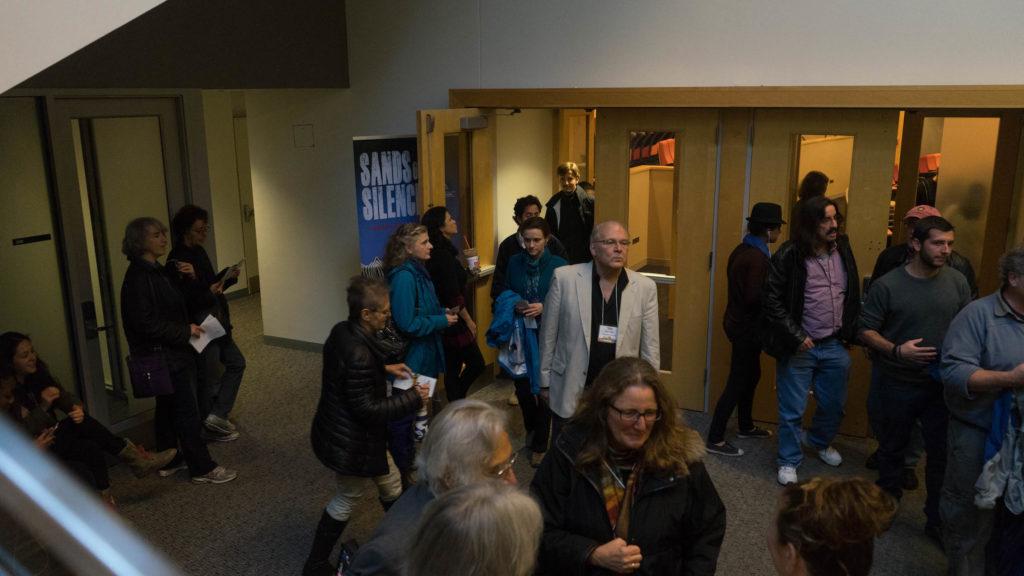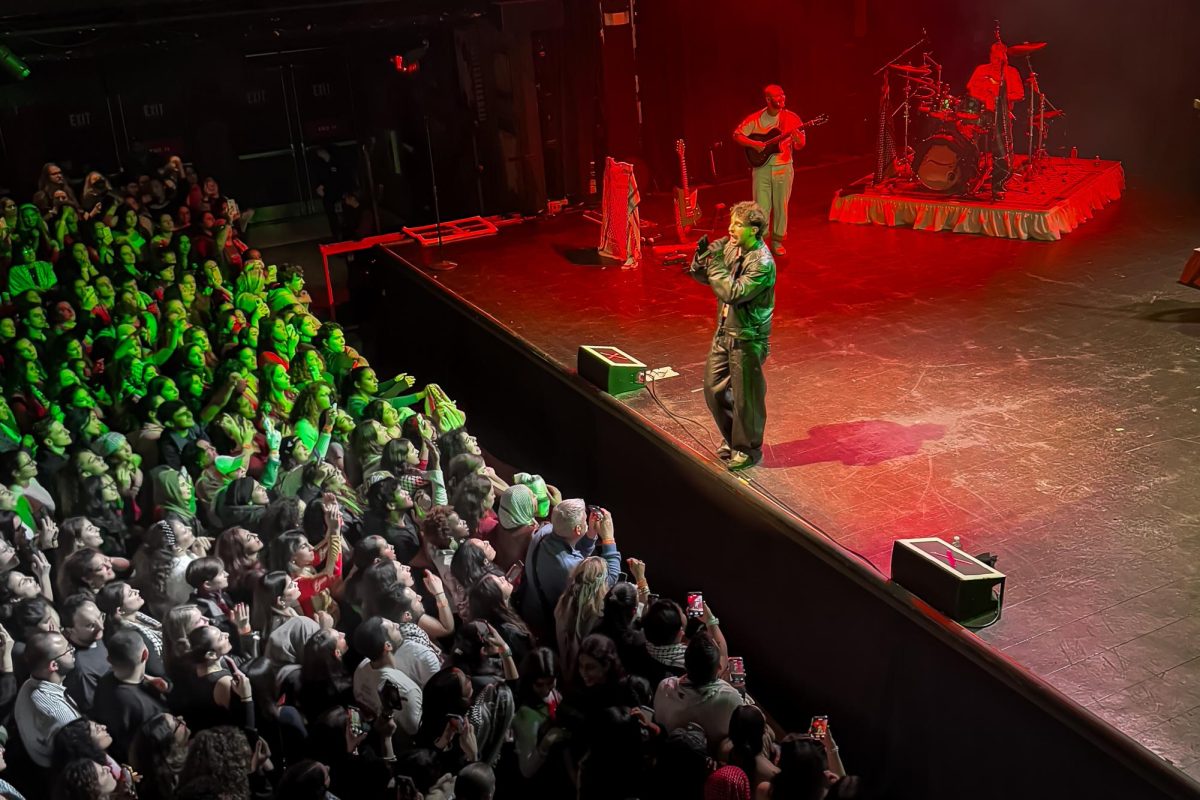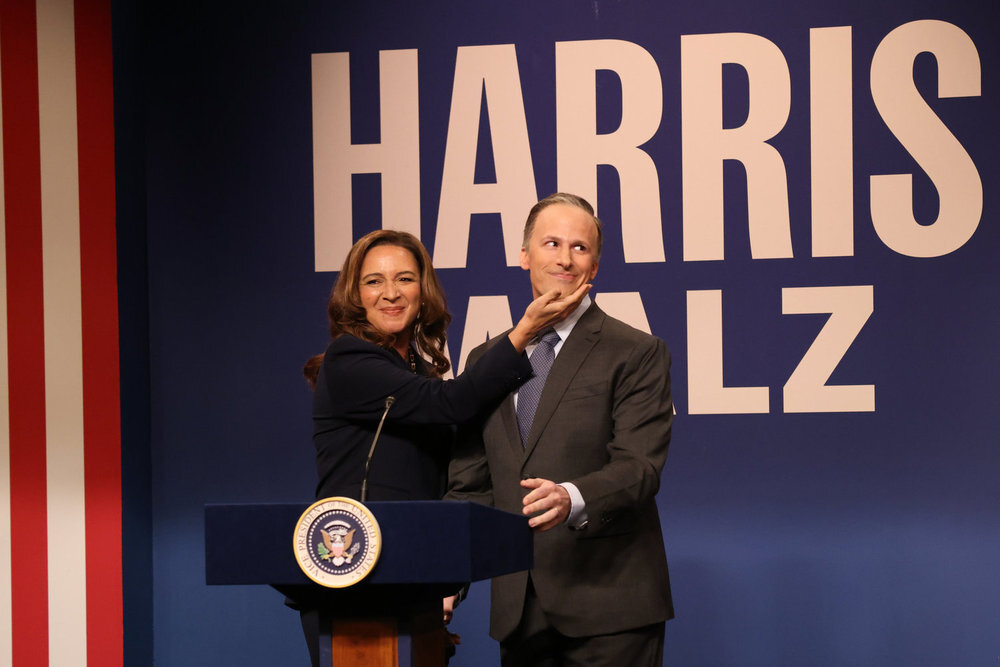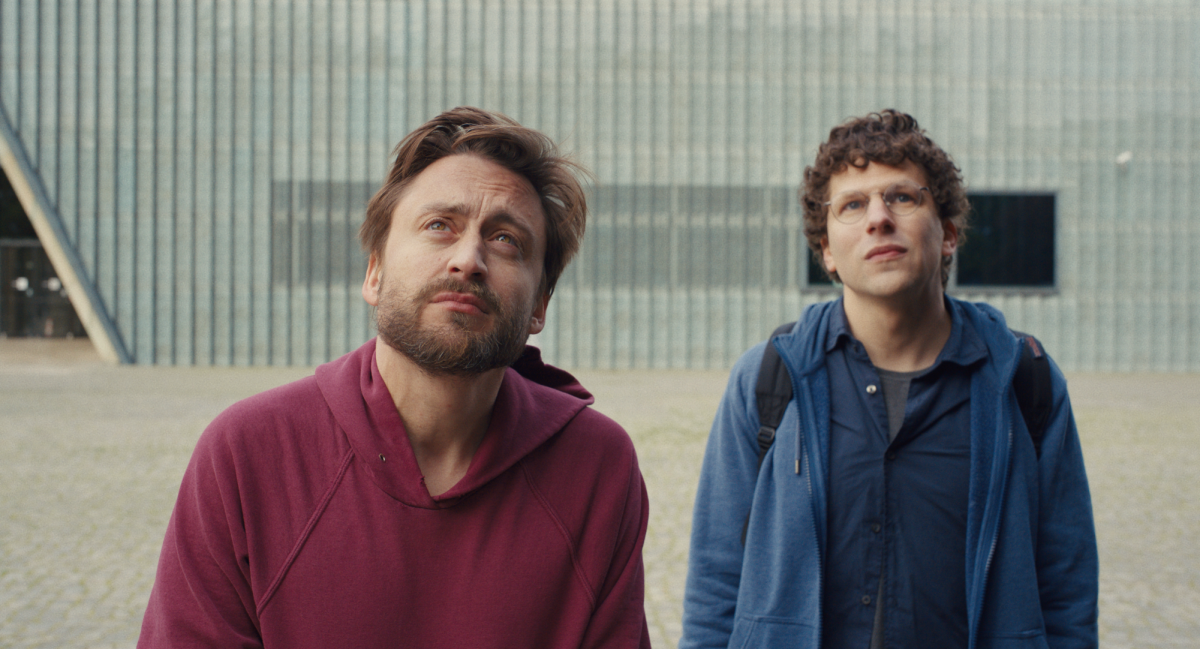By Priya Amin, news correspondent
The 14th Boston Latino International Film Festival (BLIFF) took place from Thursday, Sept. 29 through Oct. 2, showcasing more than 15 films from the U.S. and Latin America.
Many of the festival’s locations were strategically near important universities in the city to focus on academia and educating the youth, including weekend screenings in Northeastern’s West Village F.
“We decided that we wanted to [continue the partnership with Northeastern] because it’s a beautiful venue and it’s centrally located,” Sabrina Avilés, this year’s festival director, said. “It’s very important for me to show [these films] in real art house theatres, but also have that relationship with academia. I’m in New England, I’m in Boston, so what do you think of – universities.”
While not revolving around a particular theme, films in the festival highlighted current important issues in Latino communities in the U.S. and in Latin America.
“This year, we decided we didn’t want to do a theme; the criteria was a certain level of quality,” Avilés said. “I wanted people to get away from the idea that it’s expected that anything that has to do with Latinos has to do with immigration.”
Daniela Franco, the marketing manager of BLIFF, noted that the films she and the committee sought and ultimately chose were rich in plot. These storylines, according to Franco, are meant to attract audiences by portraying important issues and problems through characters that people can relate to and better understand.
“Problems that we as a community face [appear] very black and white, but when you actually look at problems on a human level and on a level when you actually see people who are living through these issues, it completely humanizes and personalizes the issues,” said Avilés.
Many of the issues were not only emphasized from the perspective of Latin Americans in the U.S., but also from the other side of the issue. Films from Latin America, such as Rosa Chumbe, Amir and La Buena Vida (The Good Life) highlighted similarities between the lives of Latino communities in North and South America. One of the goals of the festival was to bridge the gap between these groups.
“You can take an issue and you can see both sides. There’s one film called ‘La Buena Vida,’ about corporate mining in Colombia and you see the effect in Colombia from a German corporation,” Isabel Dávalos, the festival’s programming director, said. “It’s the same issue, you just need to switch names. You see the effect from the other side. For a film festival to be successful, it needs to have both points of view to complete the story.”
For the American point of view, the festival focused on the human side of issues. Joaquin Palma, the writer and director of “Crave: The Fast Life,” pointed out that his movie didn’t have any Spanish in it as a means of incorporating Latino culture. This allowed the film to place more emphasis on the dedication and familial values many Latinos possess, rather than fall into a stereotype.
“We don’t know a lot of issues outside of our country,” Dávalos said. “It’s important to have that point of view from other countries’ perspectives. And the Latino community is one of the biggest communities here.”
In addition to the obvious topics of immigration and oppression, which are usually the themes centered about Latin Americans in American media, the festival also hoped to emphasize other parts of Latino culture.
“A lot of times we think about stereotypes and we’re a lot more than that. We’re about family, food, values,” Daniela Franco, BLIFF’s marketing manager, said. “It’s really important to reshape how Latinos are perceived here.”
Organizers wanted to portray Latinos as their own people, rather than the oppressed stereotypes often seen in the news, especially with the 2016 presidential election coming up.
The festival featured a variety of genres, from action to romance to drama, and styles, from narratives to shorts to documentaries. Most of the films were selected from submissions, but also from Latino film festivals in other cities.
“You have a few Latino film festivals around the states. The bigger the city, the bigger the festival,” Dávalos said. “You start to build a network between the film festivals and that’s something that we’re looking for – to increase that network. It’s very important.”
BLIFF illuminated the Latino community in Boston and gave its members a diverse platform to come together for the weekend.
“We have a lot of Latinos [in Boston], but we need to have an event that brings all the Latino communities together through film, otherwise there would be an enormous gap, a cultural gap,” Franco said.
Photo by Alex Melagrano









